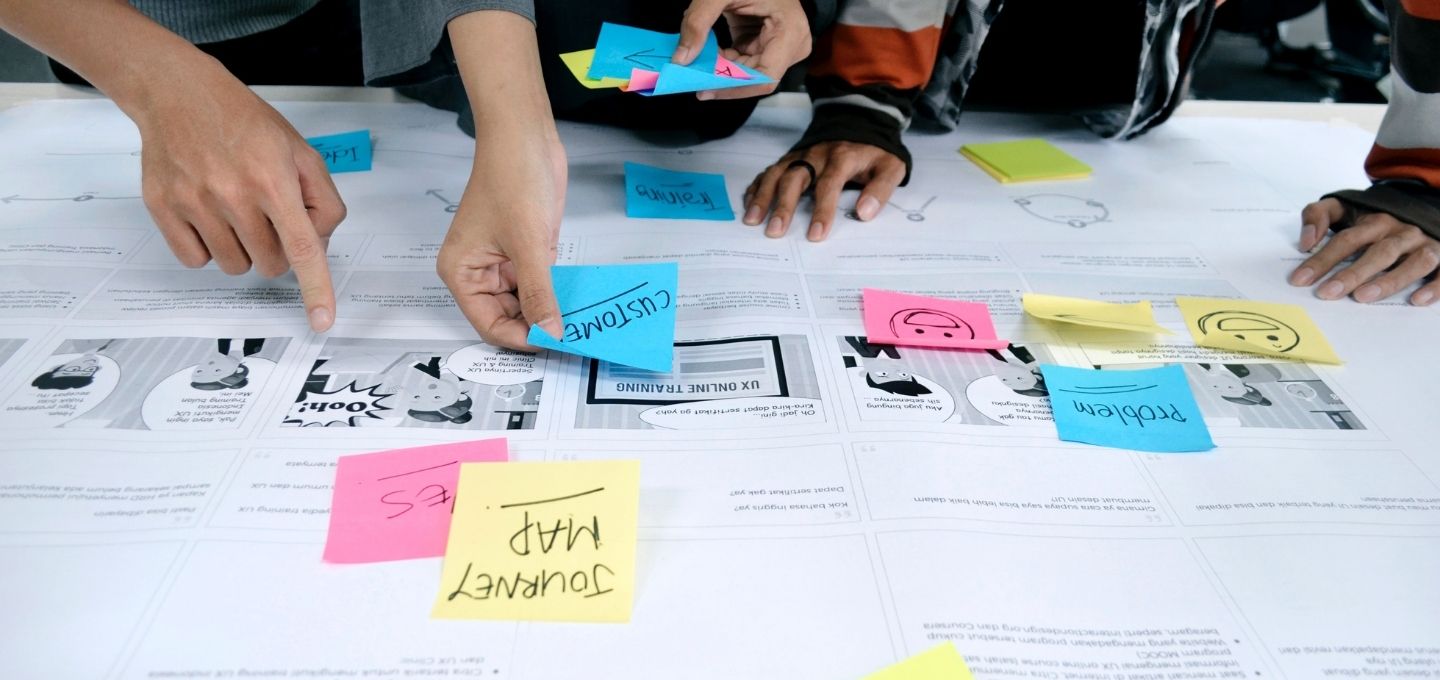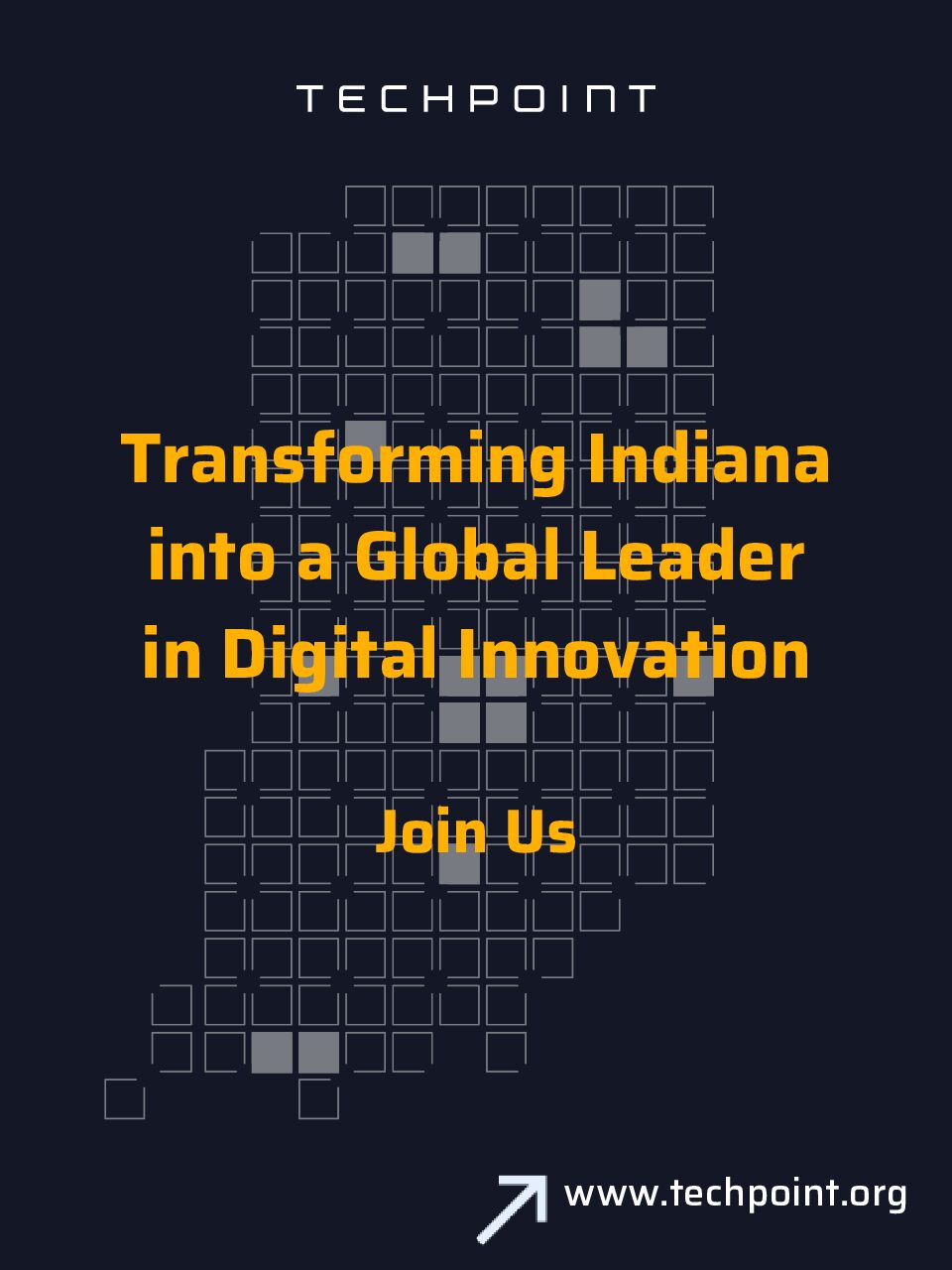Genesys won’t let the pursuit of technology get in the way of common sense
Customer service at its purest, most basic form is a one-to-one and face-to-face conversation at the point of service. That’s the measure of the entire experience, and it’s easy to understand how it went. The farther away you get from the customer, however, the more difficult it is to even have a conversation, let alone gauge the customer’s satisfaction.
This is why industry sayings like “the channel is the conversation” have become ubiquitous in the rapidly growing $8.5 billion customer experience management market. It’s much easier and more efficient to group people according to the method through which they contact you or by the category of their issue, but addressing channels or issues instead of people complicates the customer experience and creates new problems to solve.
“The industry has chased this notion of channels for a long time, but we can’t think of the channel as the conversation because the actual conversation is the conversation,” said Joe Ciuffo, product marketing director, who recently relocated to Indiana from San Francisco. “I’m sure that sounds odd, but if you think about it, when you have a conversation with a friend it might be over text, phone, and social media; it spans all digital channels. It’s the same ongoing conversation between two people, it’s just taking place in different locations.”
Businesses have always wanted to do that too, but it’s been too hard to do in real time and certainly too complex to do at scale. If your credit card is declined, for example, you’re going to be using your banking app at that moment to figure out what has gone wrong, and being forced to navigate through multiple ads for a new credit card before you get to a solution could be a very frustrating experience. It’s a lack of context that comes from approaching the conversation as a channel interaction rather than an ongoing conversation with a customer who has different needs at different touchpoints.
Joe explained that beyond the common sense useability of its technology, Genesys has also democratized AI and found new ways to apply it at scale for predictability, which is effectively bringing down the cost of advanced technologies that have been out of reach for many customers.
“For example, we can use AI to read digital body language and predict that customer A is confused, customer B is angry and customer C just needs a manual because he’s in the middle of assembly,” Joe said. “With our tech we can prioritize these conversations, anticipate problems, find solutions and push them to the agents, and do all of it in real time.”
AI is built into the core of Genesys Cloud, so customers can turn it on and experiment with AB testing or other small scale AI implementations, or they can implement it on a large scale. Platform customers and their agents are still going to have to make decisions, but the ability to make those decisions faster and with more accuracy is improved with more prediction based on millions and billions of data points over time.
“In the end it comes down to not allowing the pursuit of technology to get in the way of common sense. If the conversation is the conversation and not the channel, then you have to get as close to the customer as you can, which is what our innovations do—get you as close to that ideal one-to-one and face-to-face conversation as possible through both useability and predictability.”
Indianapolis is the largest single employment location for Genesys, a $1.5 billion global customer experience and contact center solutions provider with more than 5,000 employees across nearly 60 offices. Indianapolis is a critical center of Innovation for the company and a key location for talent attraction and development.
Coming up: check back in January for our interview with David Liddicoat, vice president and Indianapolis site leader, who comes to Indy by way of the Philippines, Silicon Valley and Western Australia (where he grew up).





